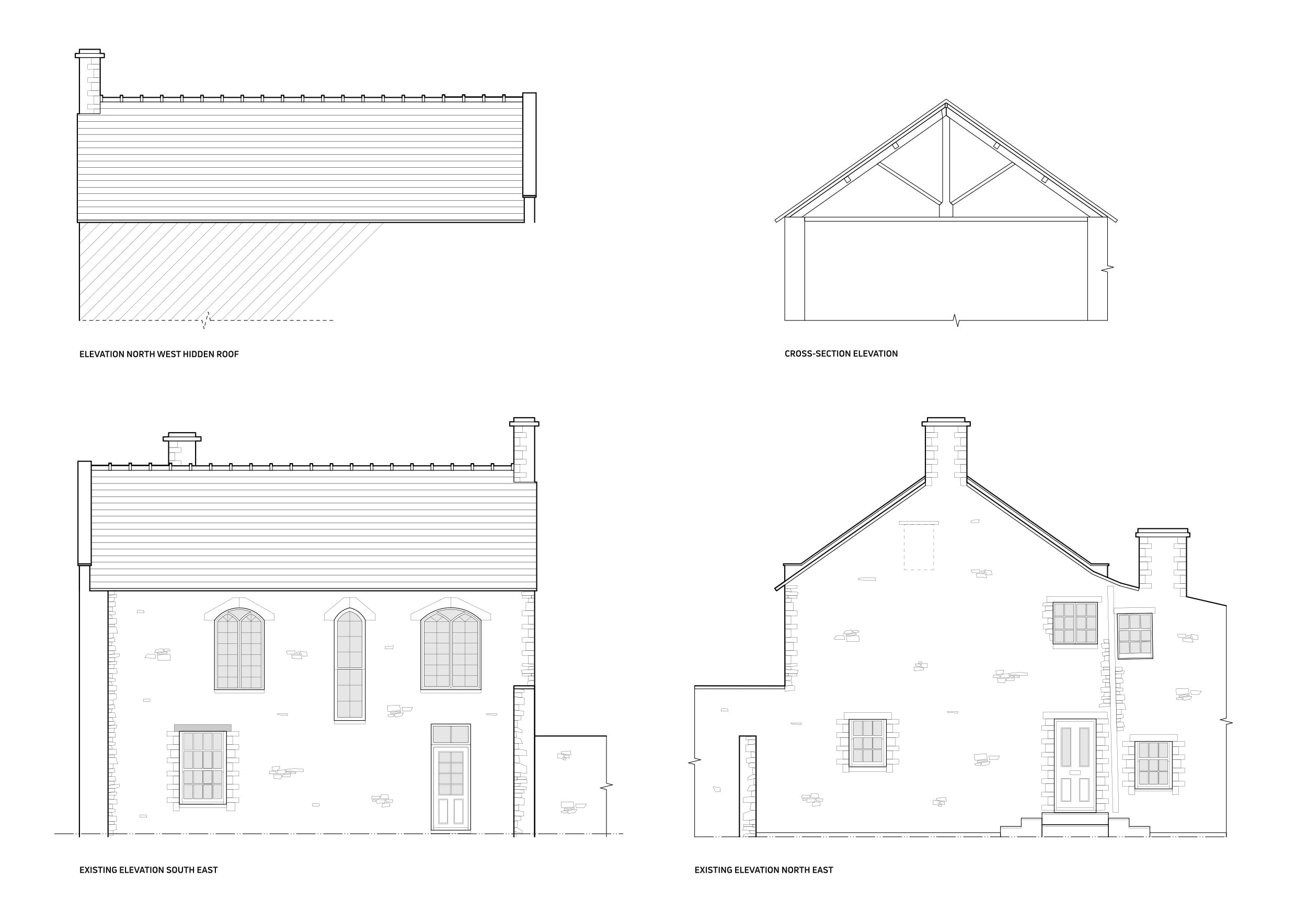Design and planning for grade listed and historic buildings
"Listing is not a preservation order, preventing change. It does not freeze a building in time... Listed buildings are to be enjoyed and used, like any other buildings." – Historic England
We wholeheartedly embrace the sentiment shared by Historic England. We understand that listed, historic, and non-designated buildings are treasures of our heritage, deserving not just preservation but also appreciation and purposeful use. Our mission is to work hand in hand with you to unlock the potential of these remarkable structures, making them spaces for modern living and enjoyment.
We recognise that each property comes with its unique opportunities and constraints. Listening to your aspirations and requirements, we embark on a comprehensive assessment of your building. Our process involves exploring various design options, ensuring that your vision aligns seamlessly with the historical and architectural context.
Our offerings encompass a range of essential documents and services, tailored to support your project. From meticulously crafted floor plans, elevations and section drawings, to the vivid insights provided by 3D visualisations (upon request), we leave no stone unturned in visualising and planning your project. To ensure a holistic approach, we also provide Design & Access Statements, Heritage Statements and supporting documents that pave the way for a successful project.
We understand that navigating the complexities of working with listed or historic buildings can be challenging. Our aim is to ease the burden and simplify the process for you. Let us take the hassle out of your project, providing expert guidance and support at every stage, ensuring that your vision for your home aligns harmoniously with the historical importance of the property.
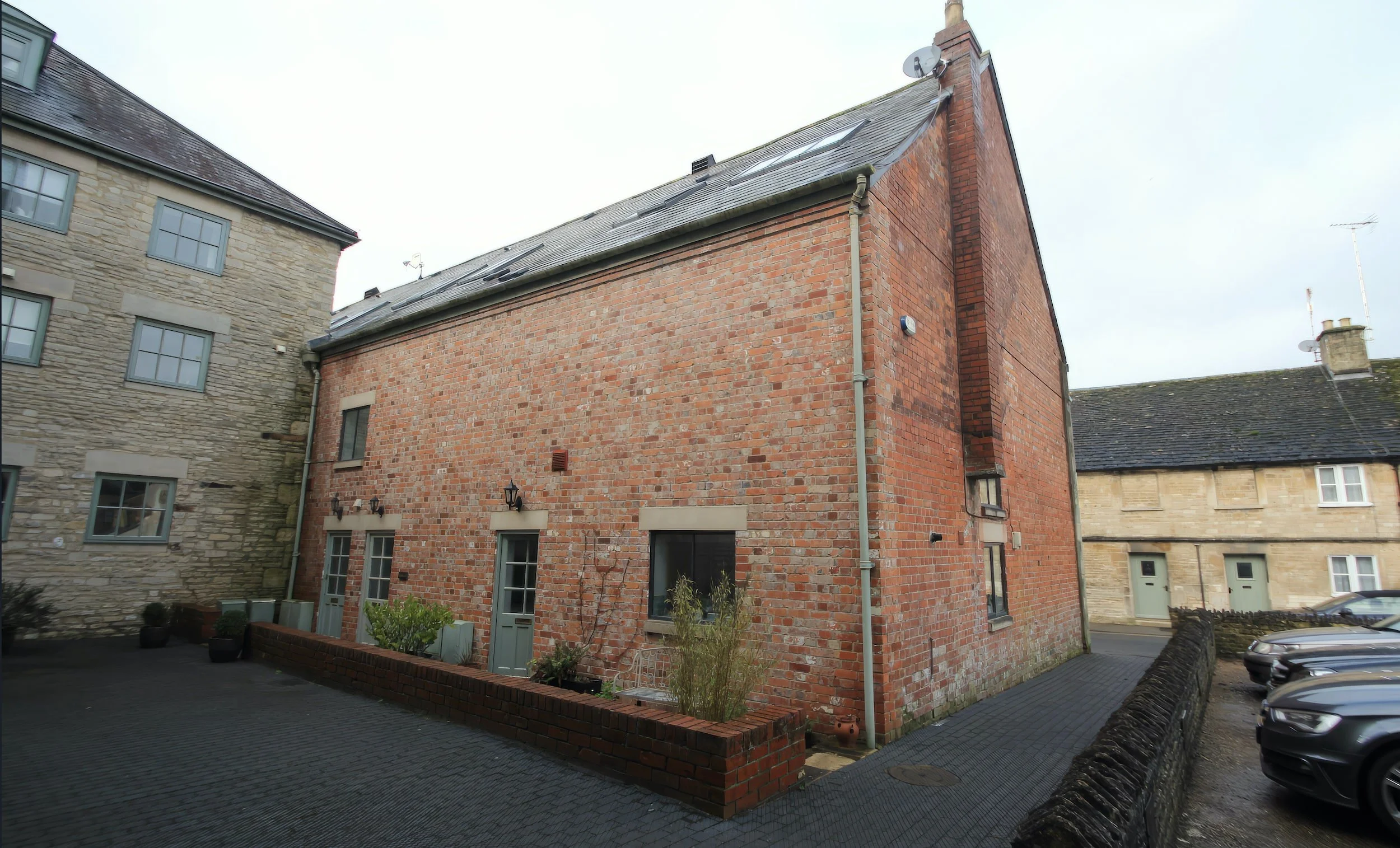
Industrial heritage c1890
The incorporation of first and second-floor windows in the remodelling plan serves as a pivotal enhancement for this historically significant industrial conversion, specifically the aged waterworks dating back to approximately 1890. The strategic introduction of these windows is not merely a functional adjustment but a thoughtful design element that addresses the imperative need for increased natural light within the space.
Beyond the practical advantage of illuminating the interior with sunlight, this addition also paves the way for a comprehensive internal remodeling. The influx of natural light not only enhances the aesthetic appeal but also creates a more welcoming and livable environment.

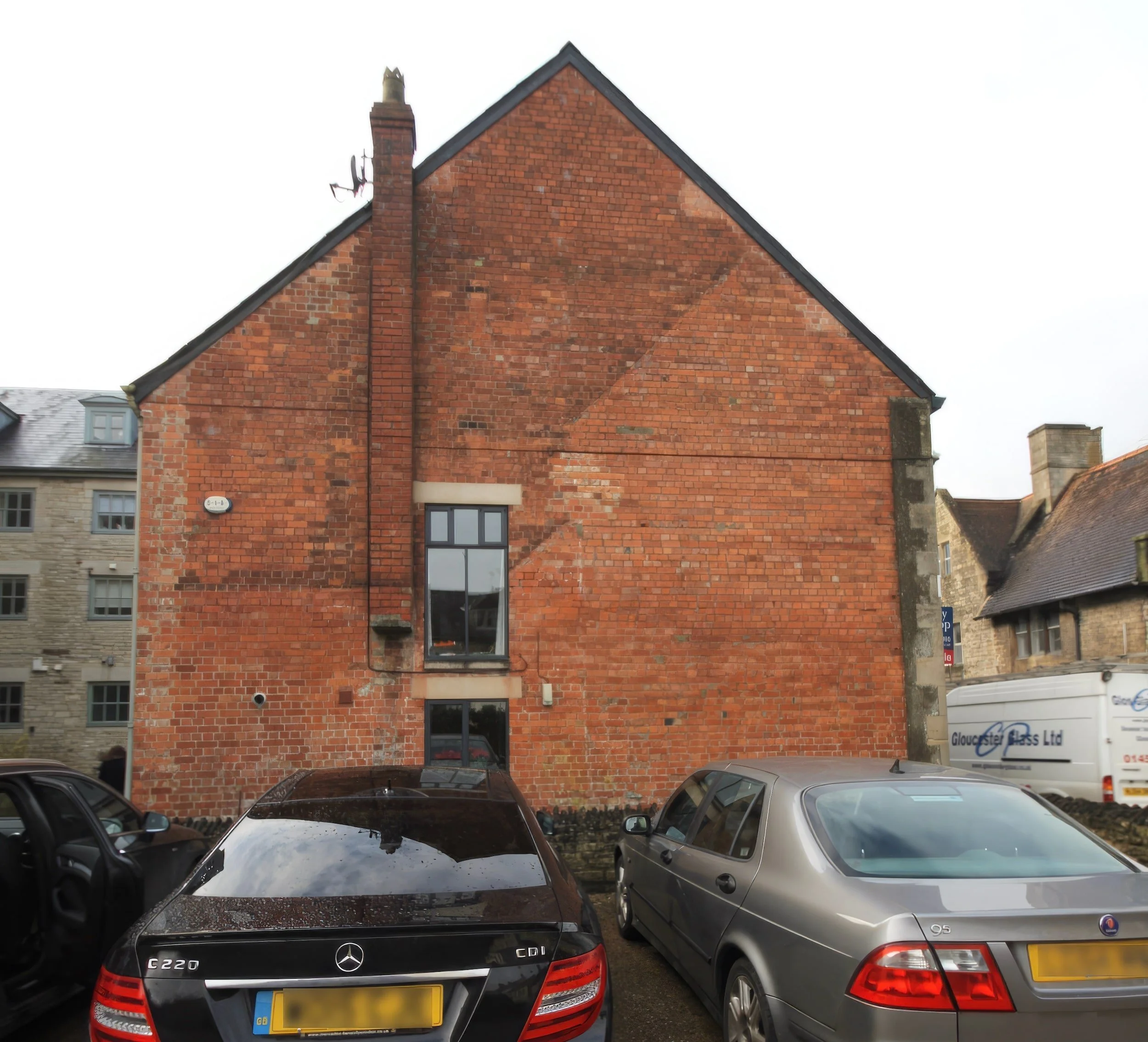
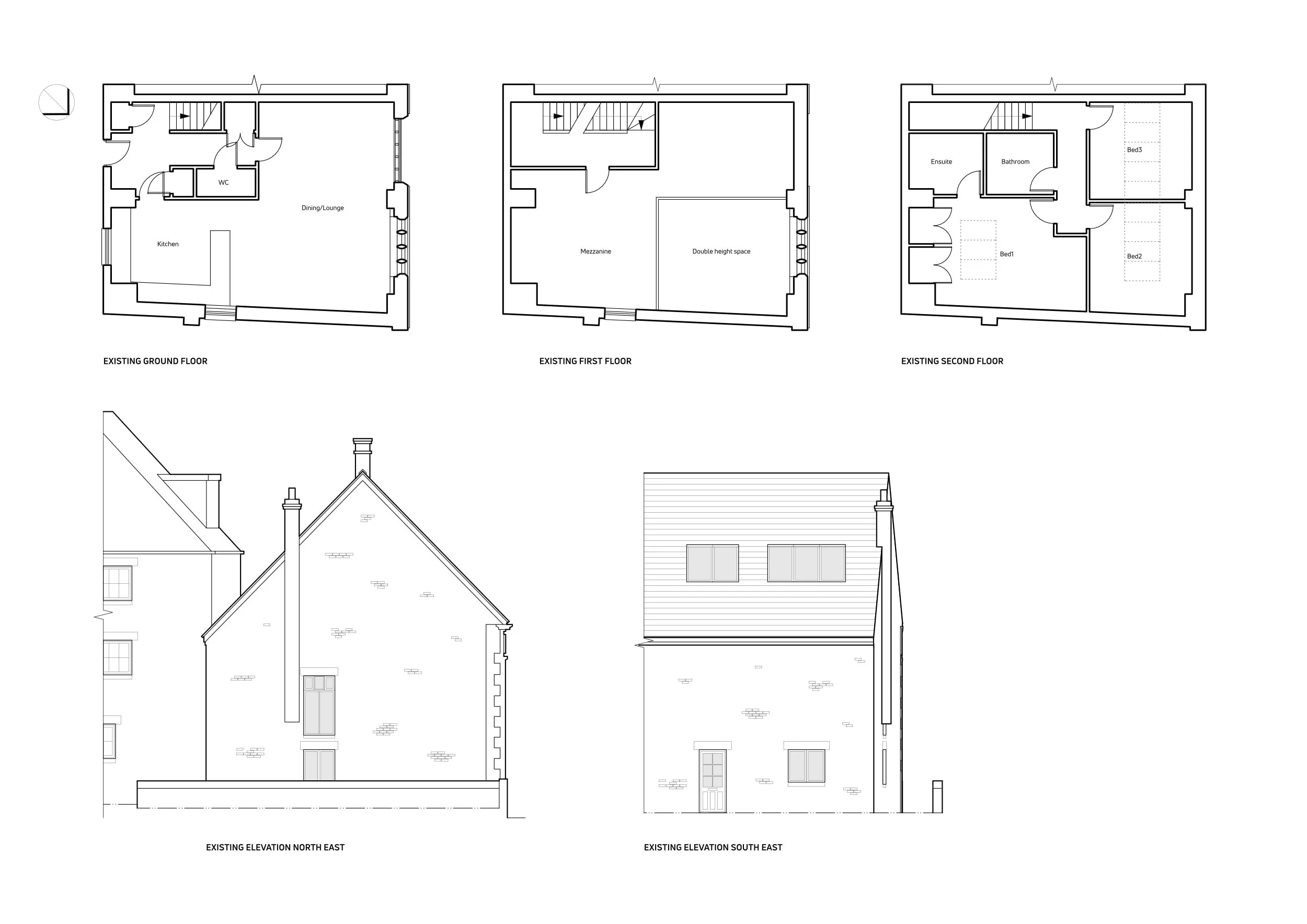
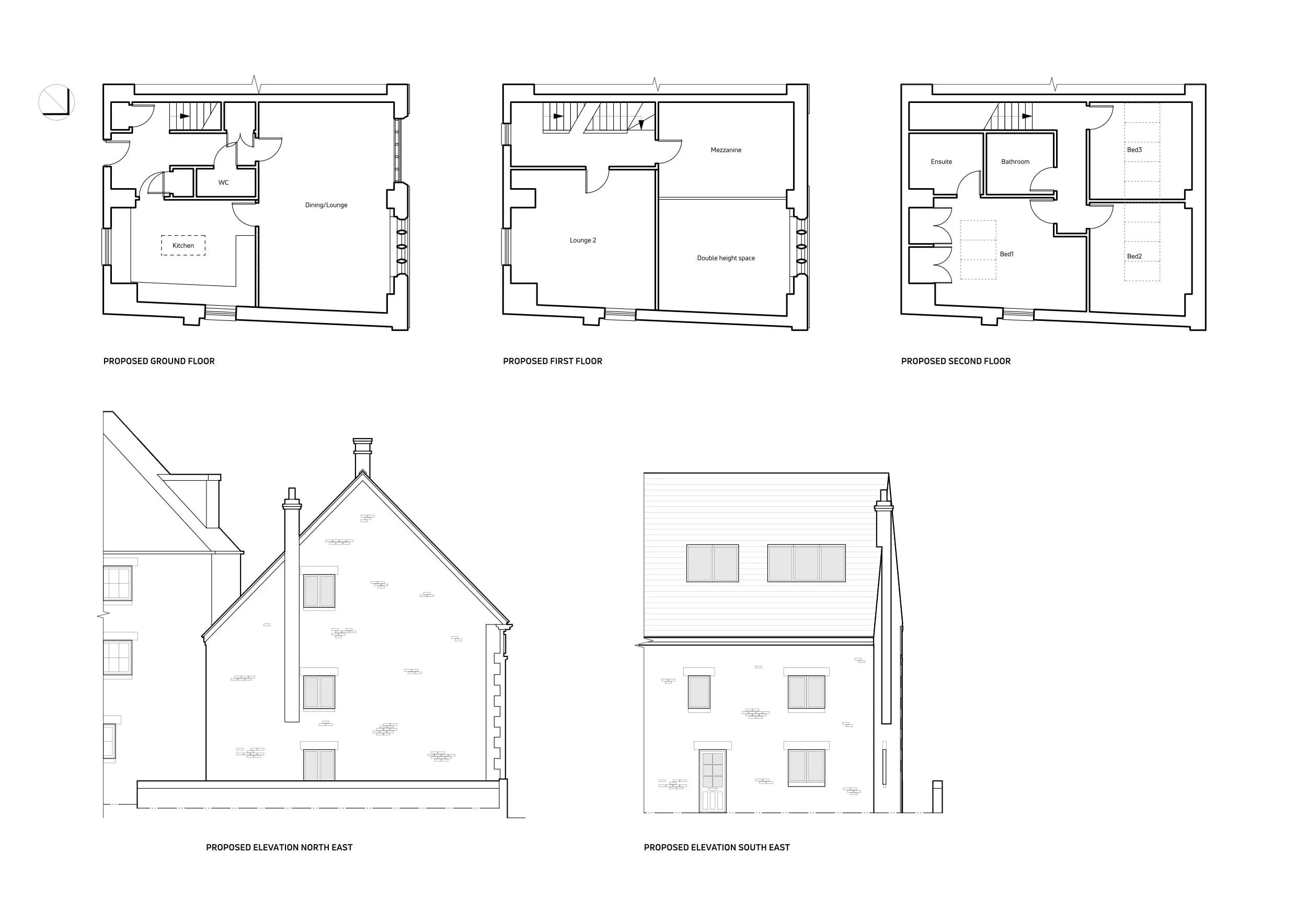
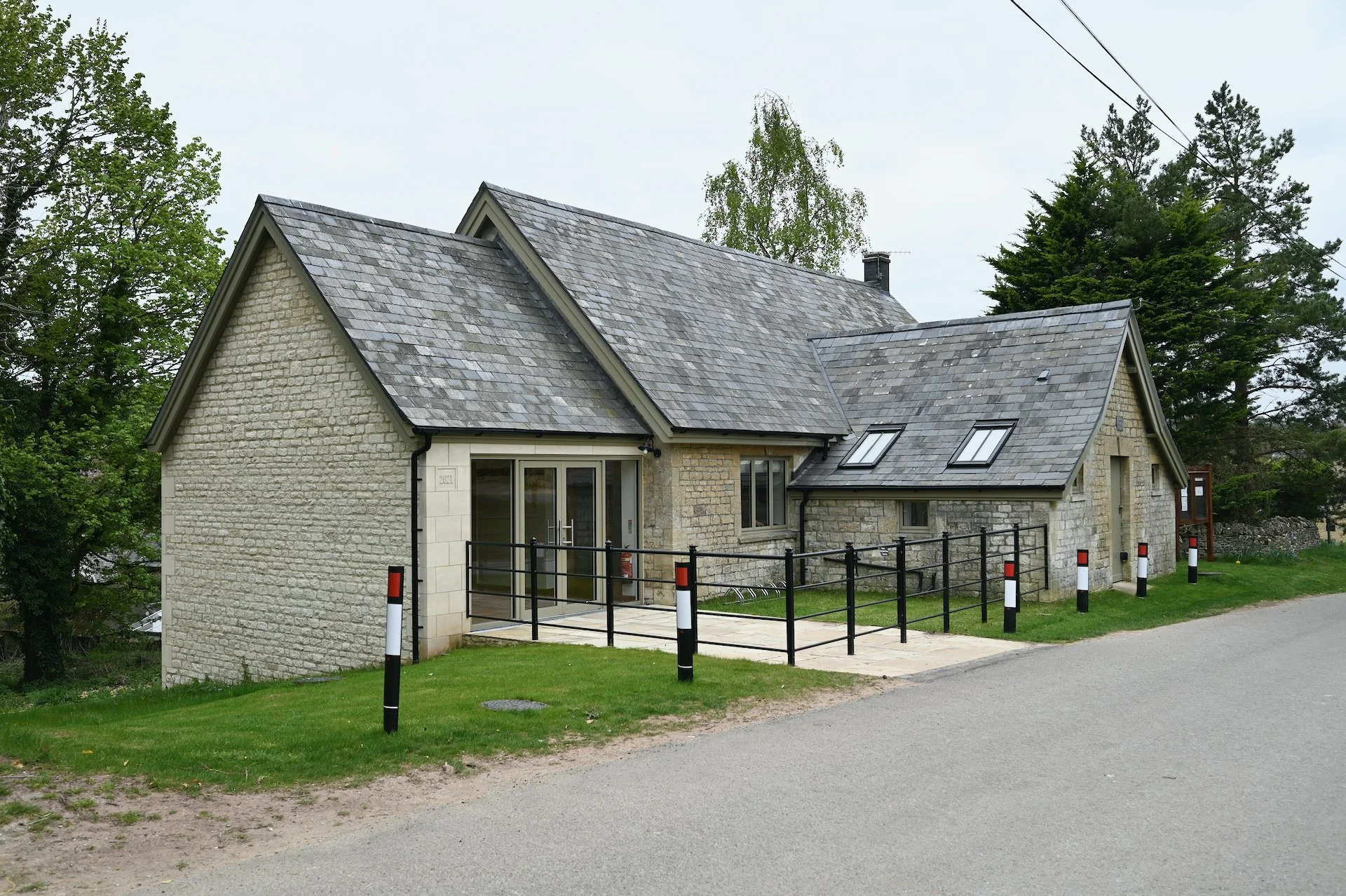
Village Hall 1909
Constructed in 1909, the village hall, initially 'the reading room,' has undergone a comprehensive modernisation to combat issues such as damp, deterioration, and enhance thermal efficiency. A sympathetic and subservient side extension introduces a new open and bright entrance area and washroom facilities, providing a contemporary touch.
The interior refurbishment not only addresses structural concerns but also breathes new life into the space. These renovations collectively ensure that this historic building remains a central community asset for the next century, blending its rich past with upgraded facilities to meet the evolving needs of the residents. The harmonious fusion of preservation and innovation positions the village hall as a timeless symbol of community strength and cohesion.
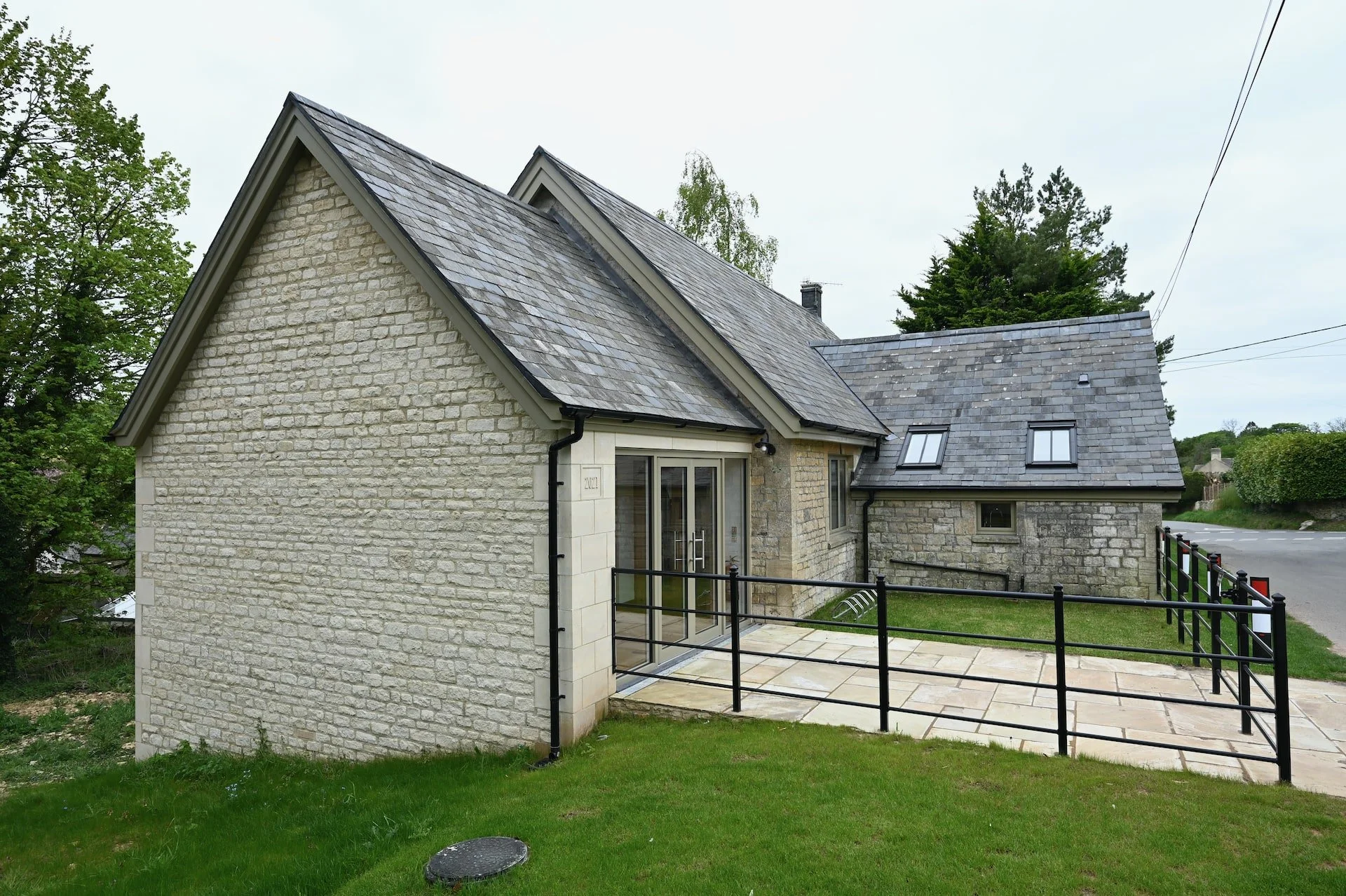
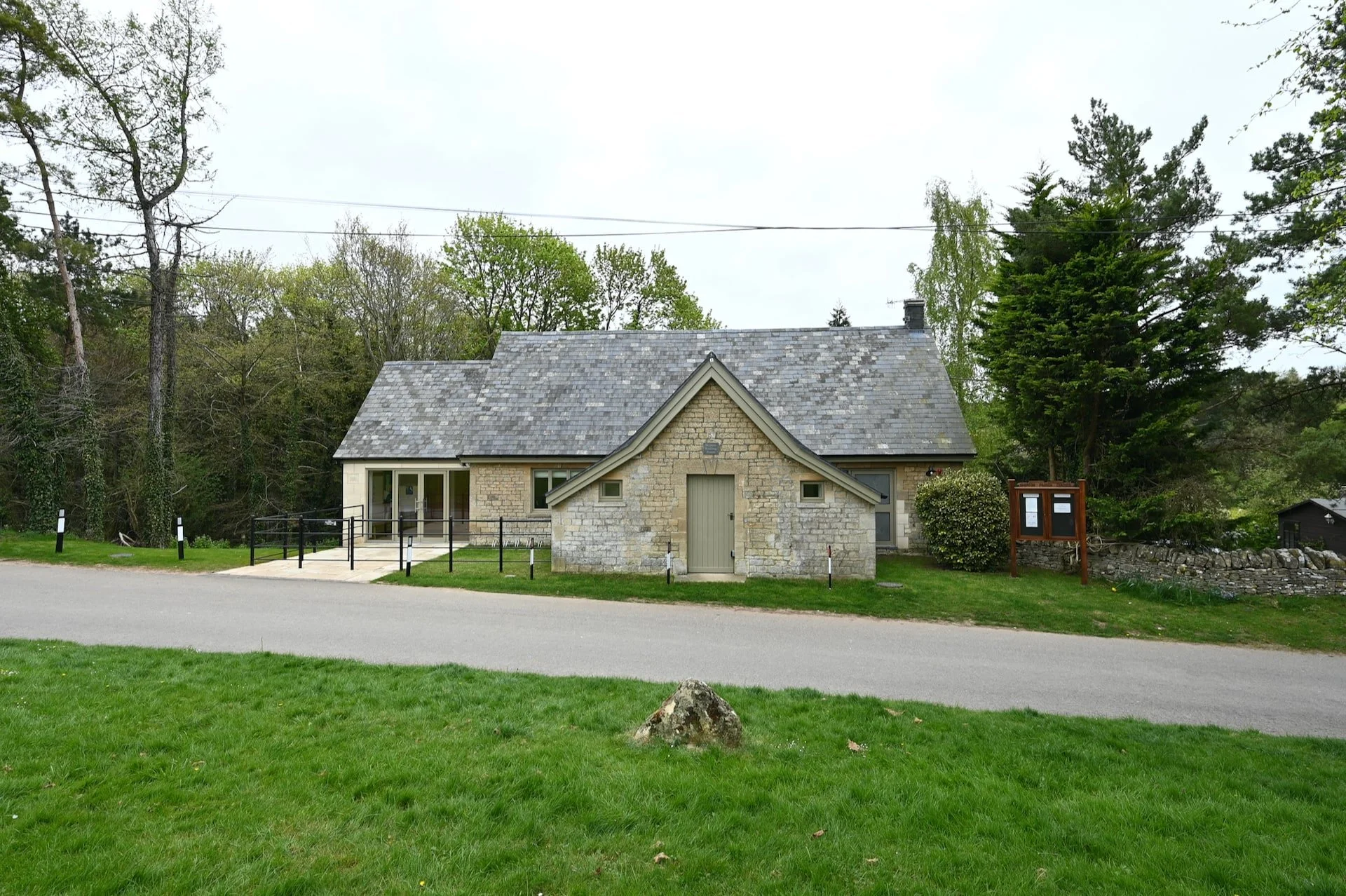

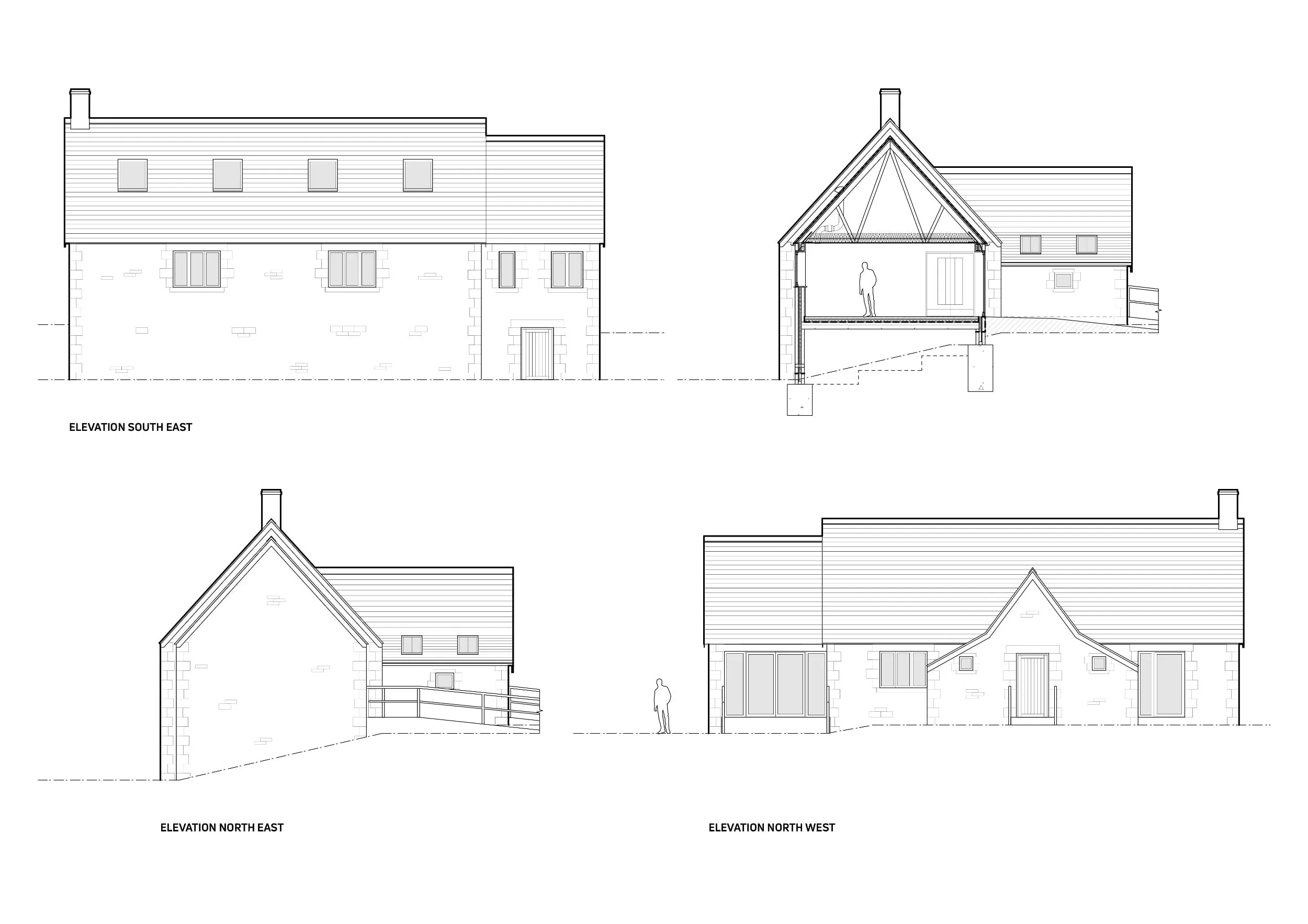

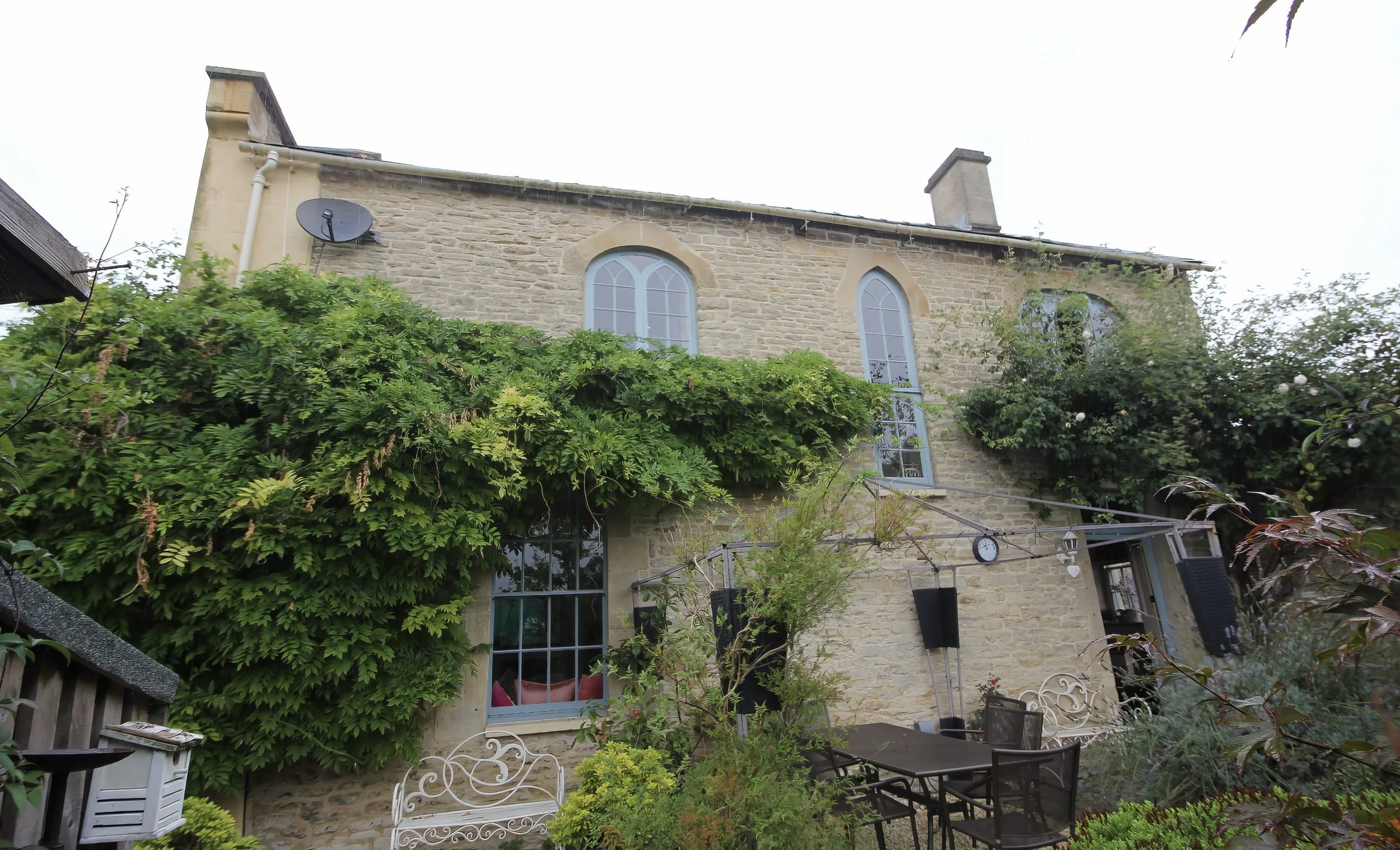
Former mill building 19th Century
The Grade II listed former mill dwelling underwent a transformative loft conversion, offering homeowners valuable new space. Adhering to fire and building regulations, special attention was given to conserving the historic roof structural components, ensuring a seamless blend of modern utility with the preservation of its rich architectural heritage.






